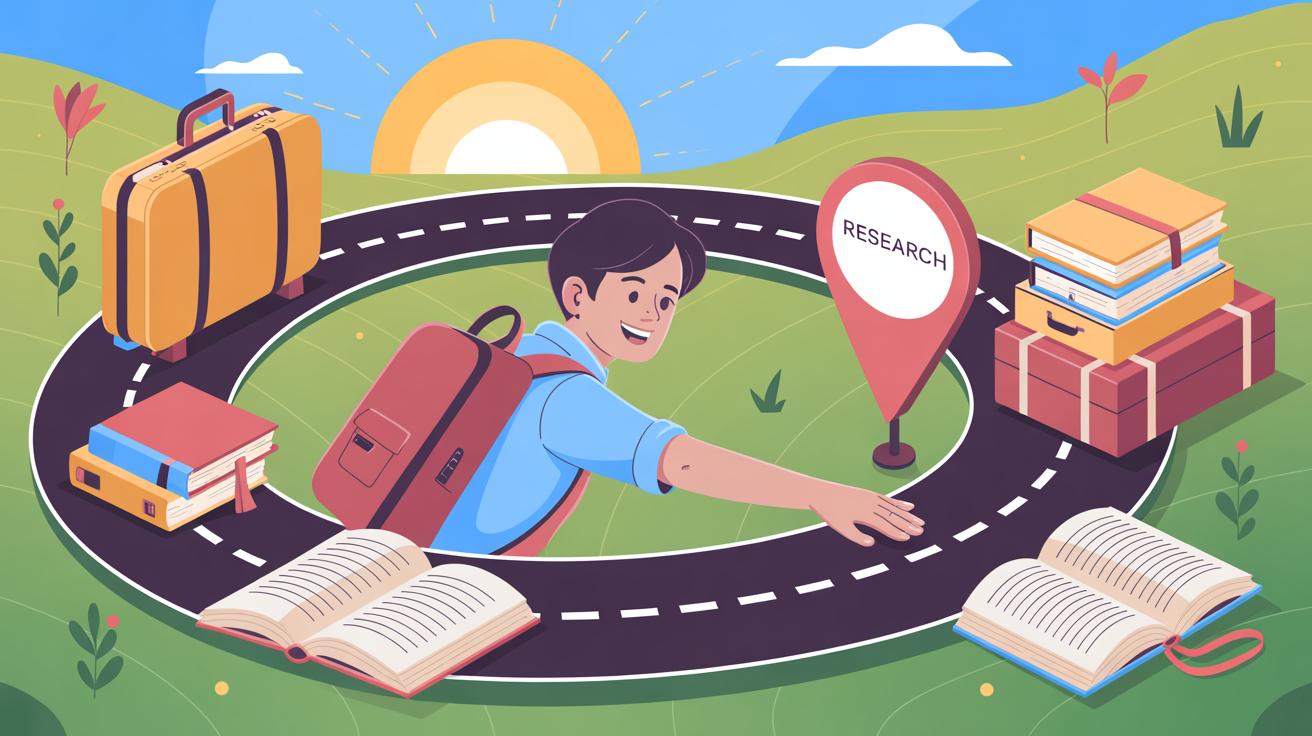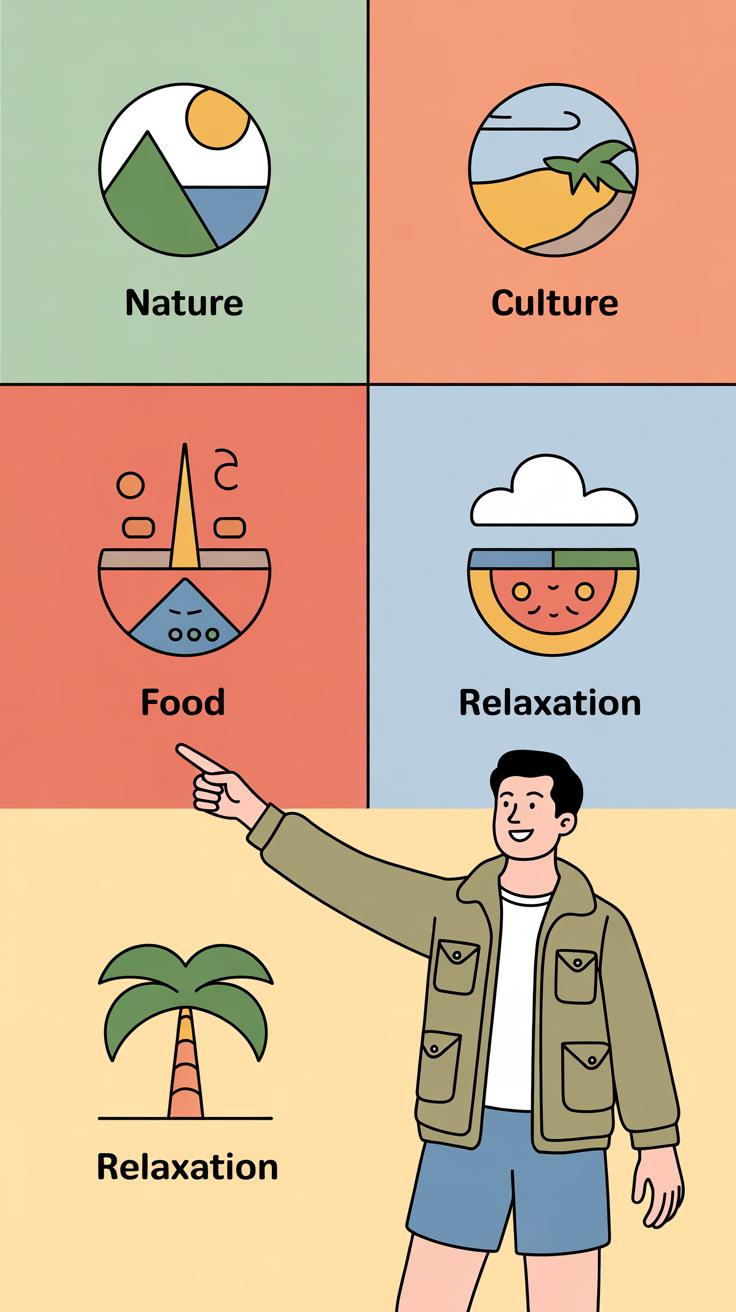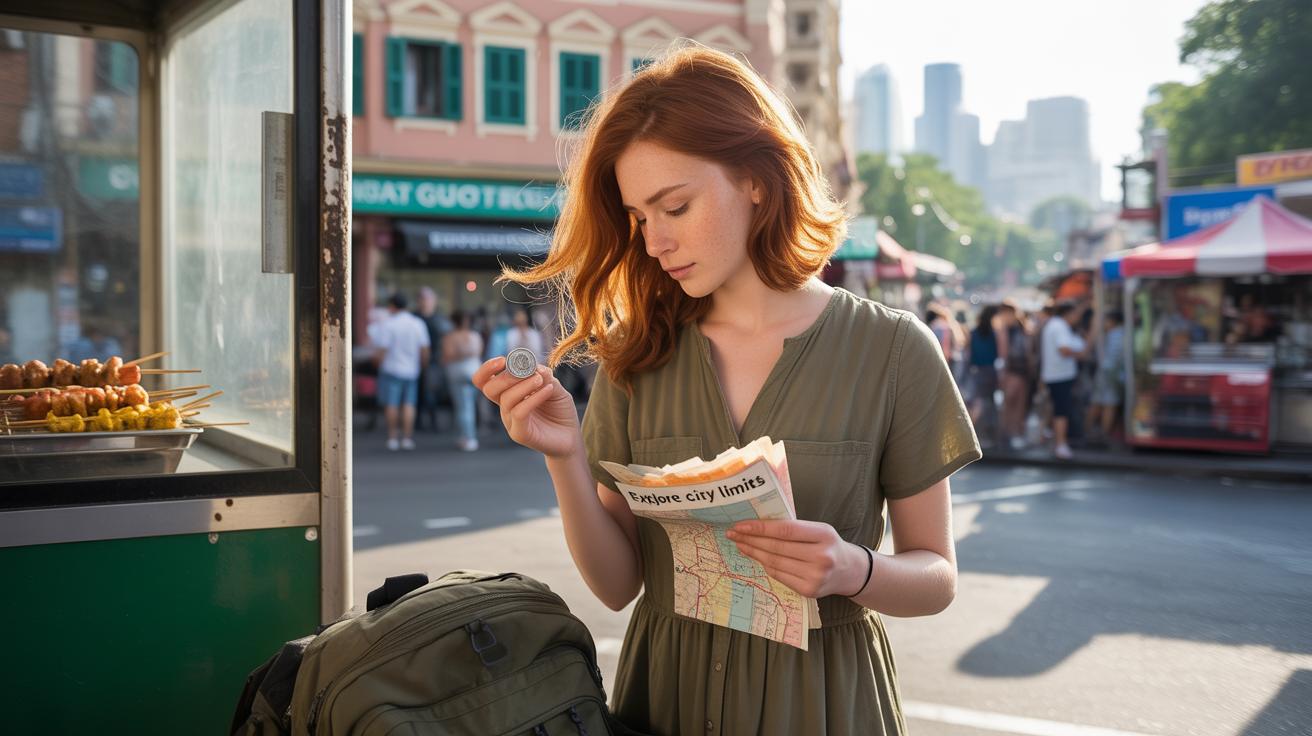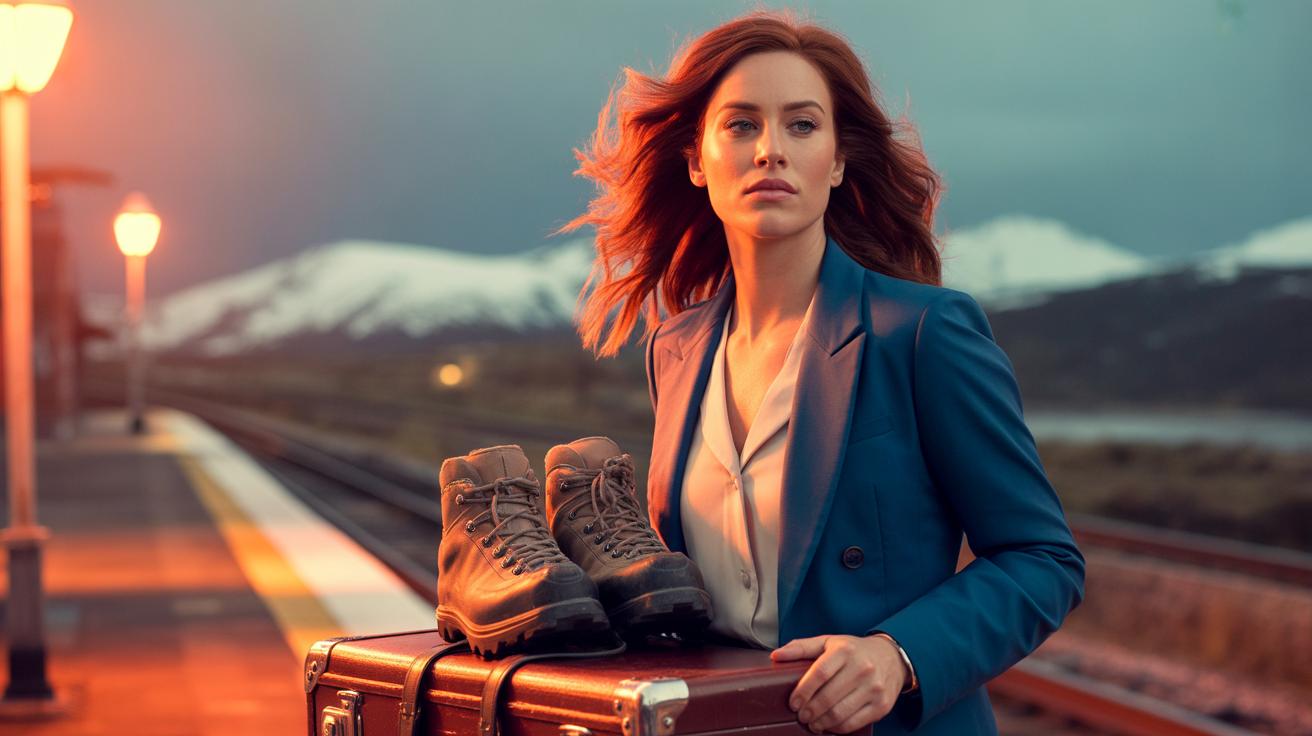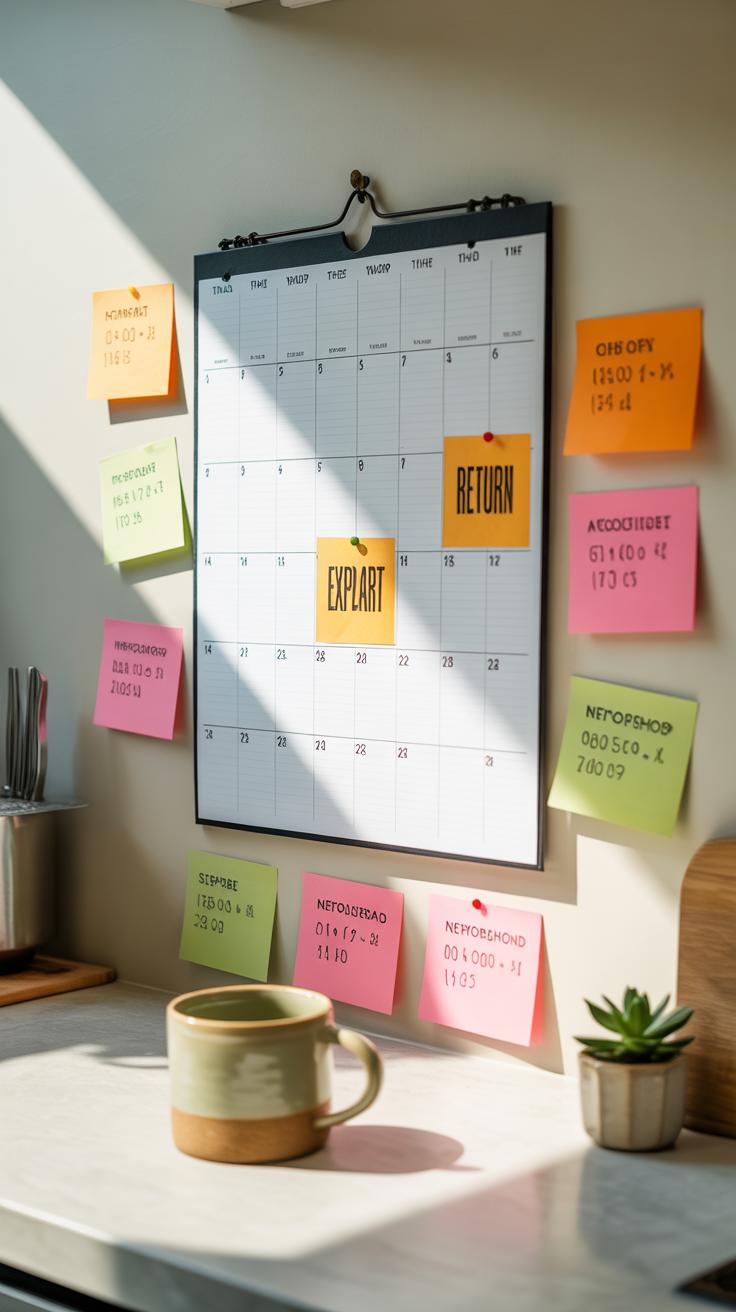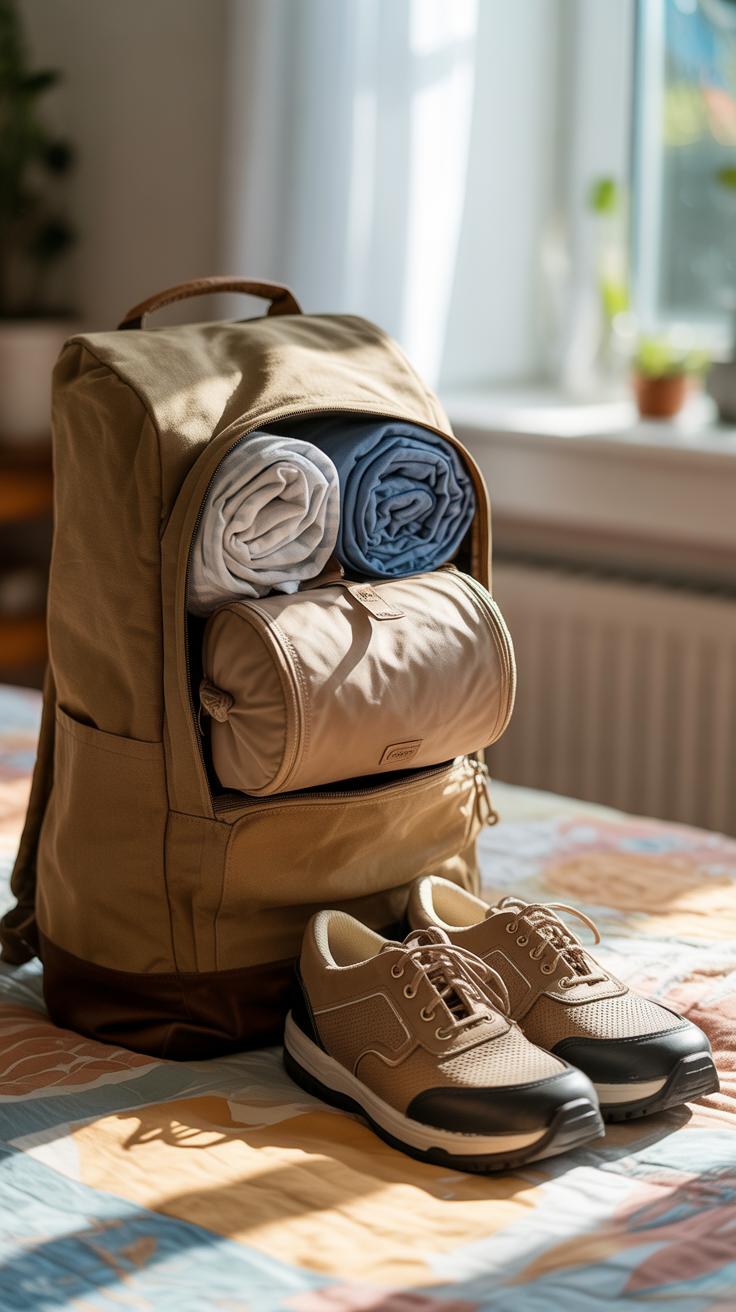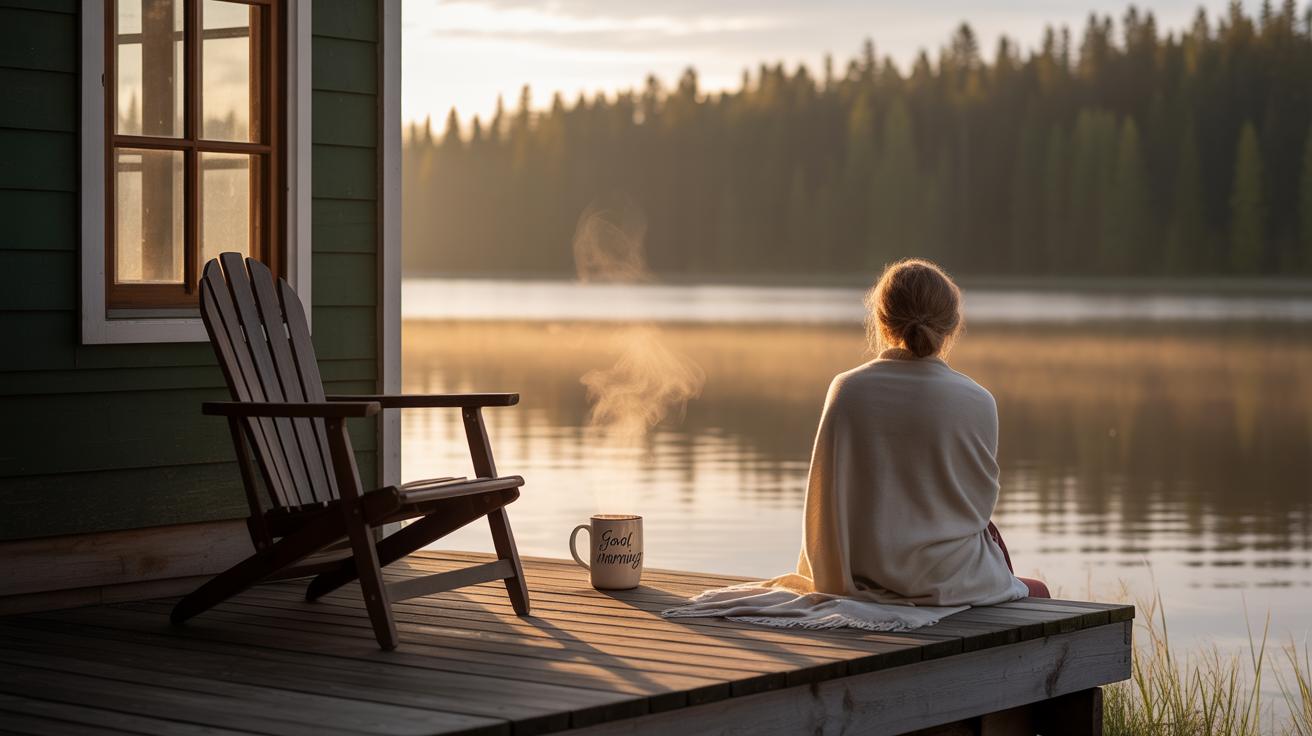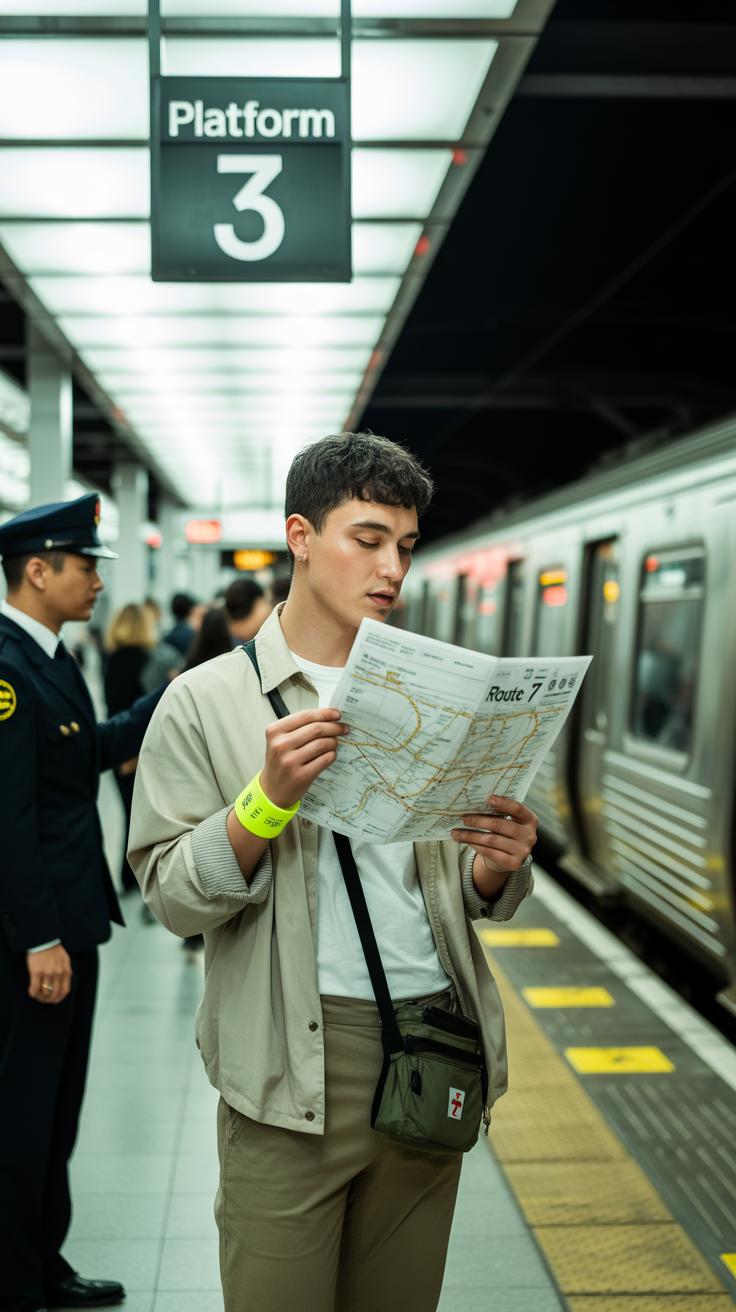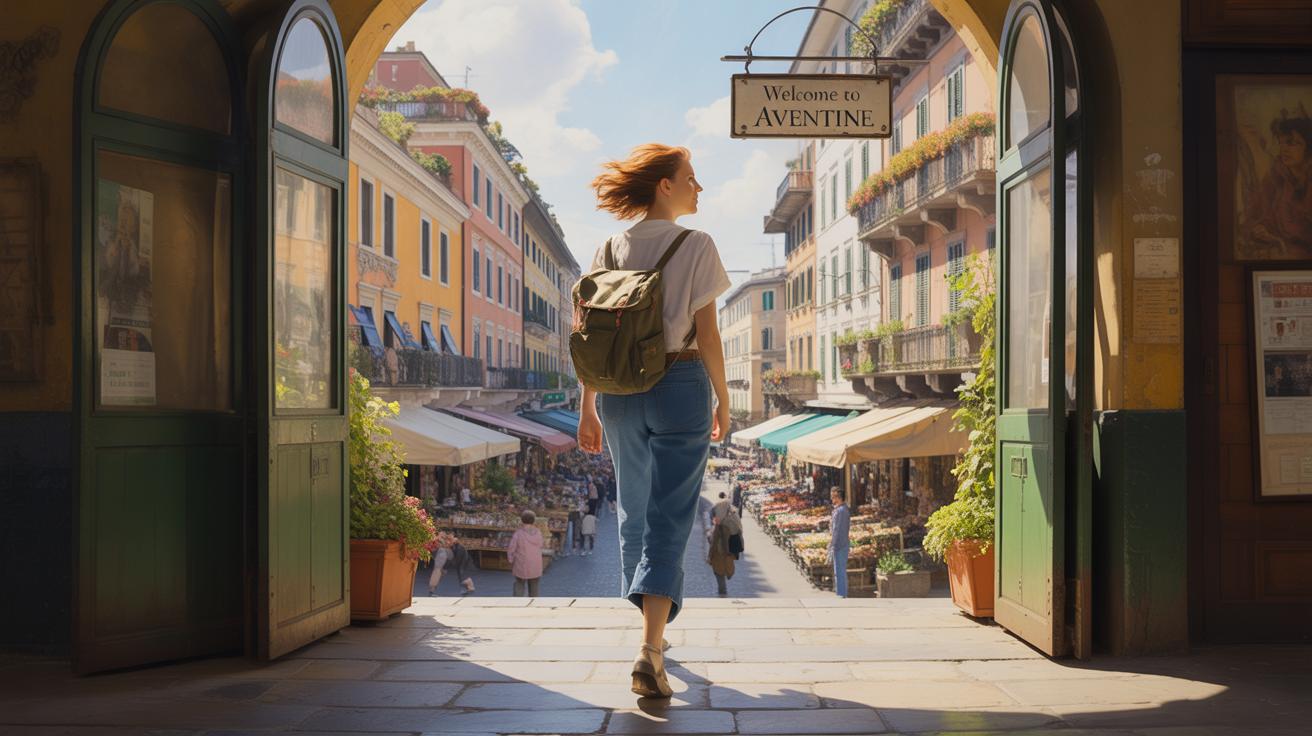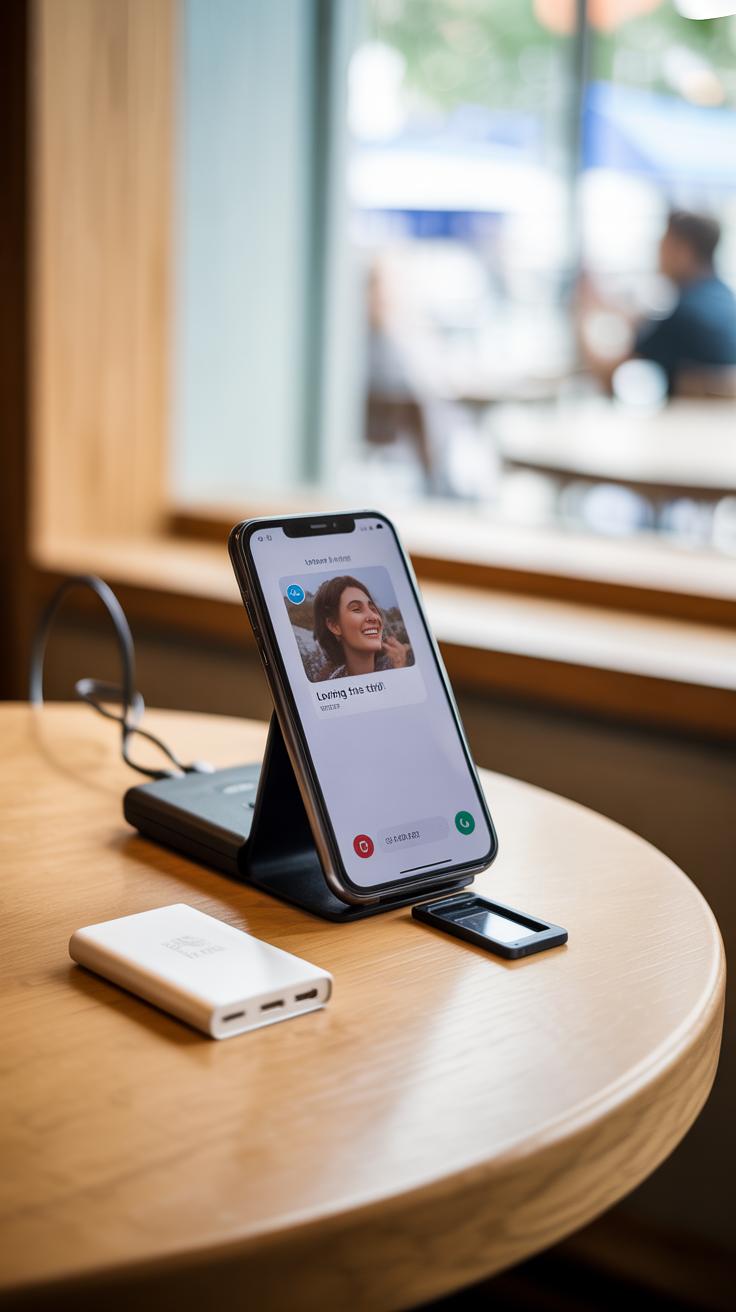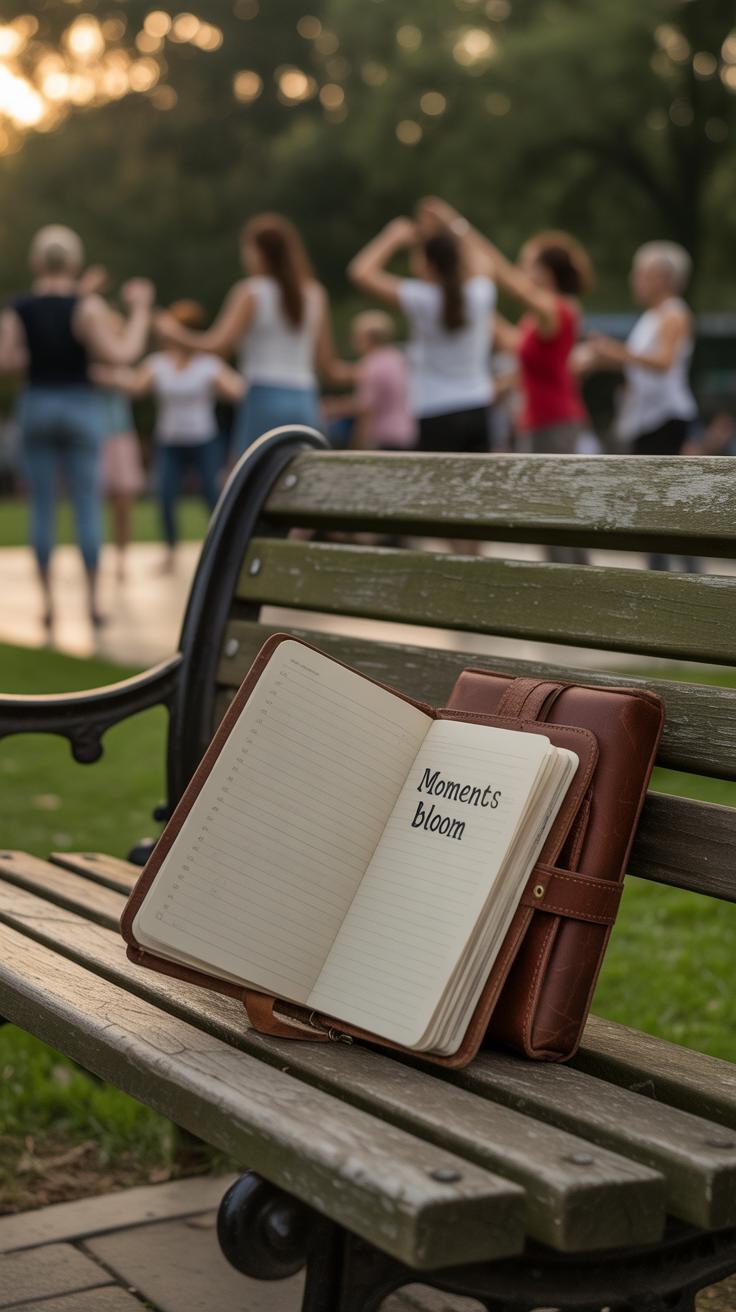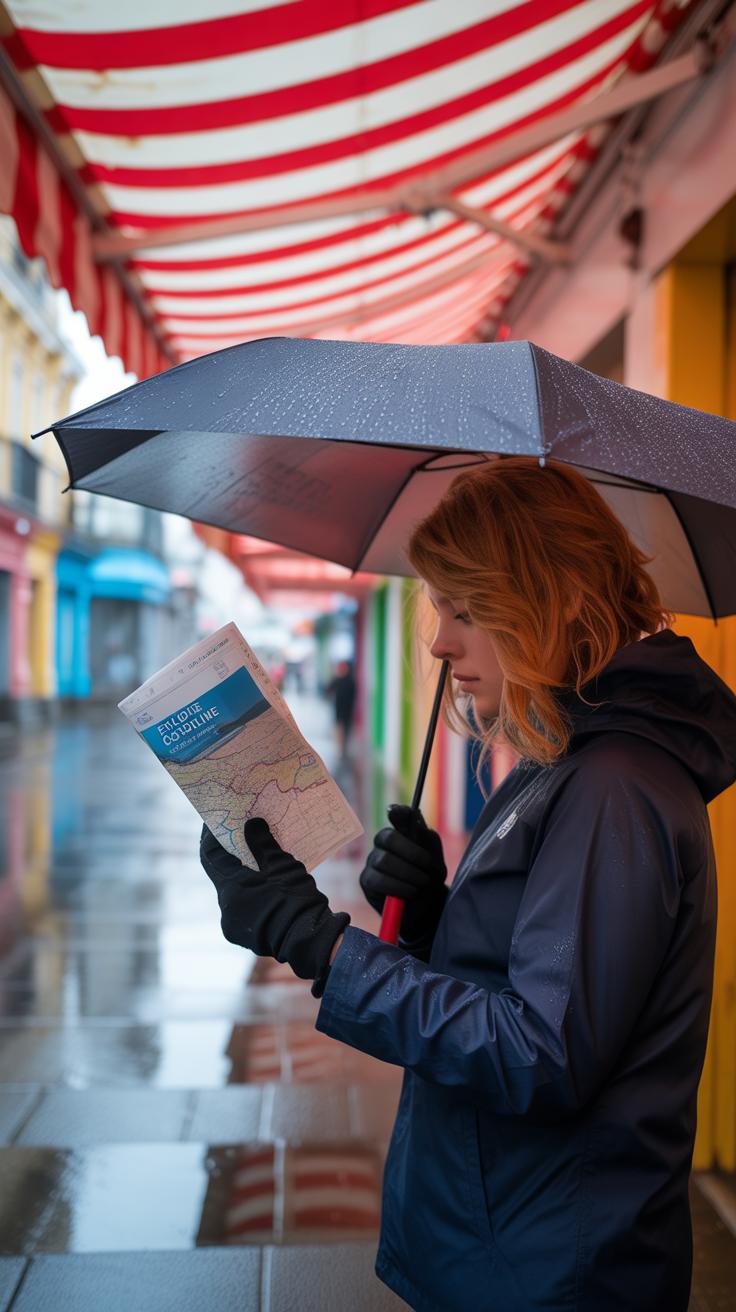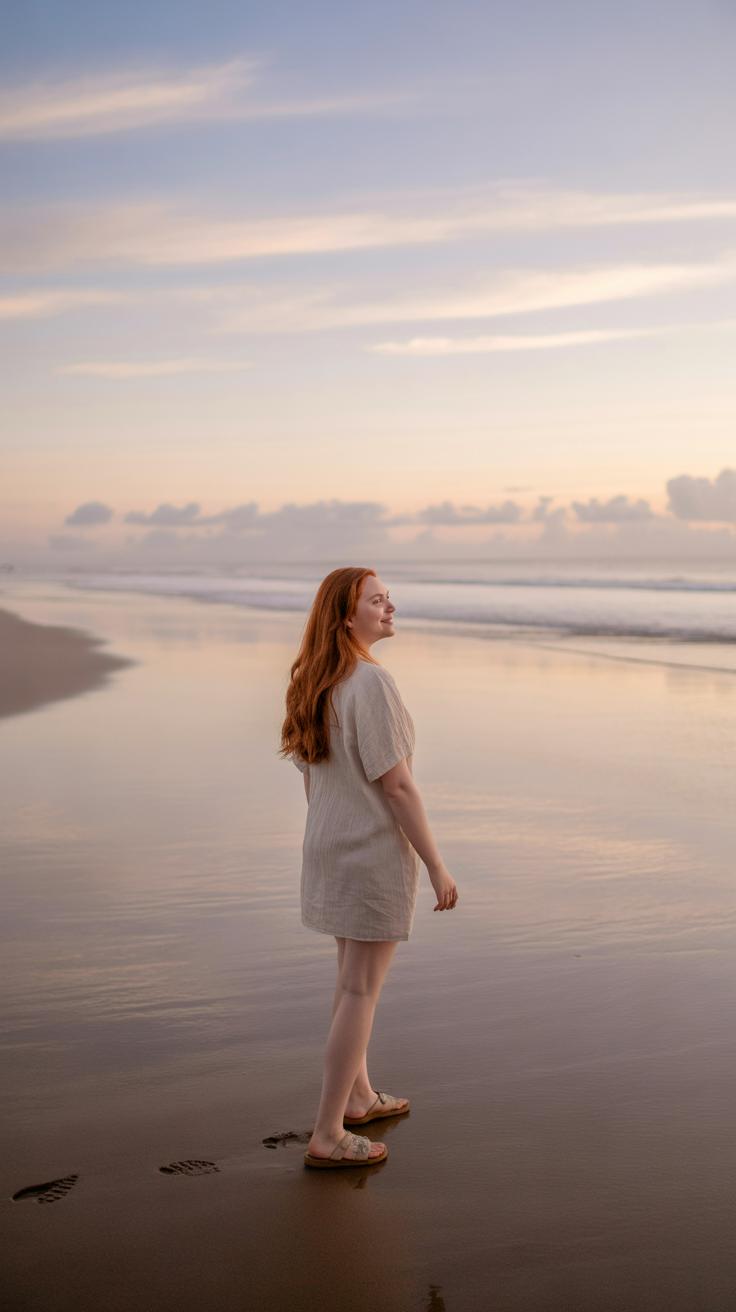Introduction
Planning a solo trip can feel overwhelming. You are the only one responsible for everything. This guide, Solo Trip Planner With Steps That Keep You Calm And Ready, will help you plan your trip step by step. You will learn easy ways to prepare and keep your mind calm before and during your travel.
The sections that follow will show you how to pick your destination, prepare your packing, make safe plans, and keep your journey fun and relaxing. You will find advice on staying calm and ready. This guide is here to make your solo travel simple and stress-free.
Choosing Your Solo Travel Destination
Picking where to go alone can feel tricky. You want a place that feels good for you. Start with safety. Search for recent info about crime, health, and local rules. Look at government travel sites or trusted traveler forums. Avoid places with warnings about unrest or common scams. It’s better to be cautious than sorry.
Think about what you like. Are you into nature? Maybe a quiet mountain town or a popular national park. Like culture and cities? Think about spots with museums, cafes, or events. Want to relax? Look for beaches or small, peaceful towns. Your interests guide you, but your budget also does. Some places cost more to stay and eat. Others can fit smaller budgets better.
Ease of travel matters too. Is it easy to get around once you arrive? Do you need a visa or other papers? Sometimes a direct flight can save stress. Some solo travelers love Japan for safety and culture. Others pick Portugal for nice weather and affordable costs. Thailand draws many for its nature and friendly people, but always check recent safety advice.
Safety First When Picking Your Place
Safety should come before anything else. Check official travel advice from your country’s government websites. Read recent traveler reviews and blogs for real experiences. Watch local news if you can. Remember, a place might look good but be unsafe in certain areas or after dark.
Avoid places with travel warnings about crime or political trouble. Infection rates or health risks matter too, especially now. Also, think about how emergency help works there. Can you get quick help if needed? Don’t ignore your gut feeling. If something feels off, it’s okay to pick a different place.
Match Your Interests And Budget
You want to enjoy your trip, right? That means picking a place that fits what you like and what you can spend. If you love hiking, you don’t want to go to a big noisy city. If you love museums, a remote village might not work.
Budget is key. Look at how much hotels, food, and transport cost. For example, Southeast Asia offers great nature and culture for less money. Western Europe has rich history and art but can be pricey. If you want relaxation, islands like Bali or the Maldives are beautiful, but may need more funds.
Think through what you really want from this trip. Maybe you want a mix of quiet time and adventure. Or just a calm place to reset. Your trip should fit your money and mood to keep stress low.
Making Your Travel Plan
Pick Dates That Work For You
Choosing your travel dates is more than picking a time off work or school. Think about when you can truly relax. If your schedule is tight, squeezing in a trip might leave you rushed instead of refreshed. You want enough days to travel calmly and enjoy what you chose in the first place. Avoid dates when everything seems hectic, like right before a big deadline or family event.
Also, consider travel times. Flying early mornings or late nights might save money but can add stress. Sometimes, a midday flight or train feels easier, even if it costs a bit more. The goal is to find a balance where your trip doesn’t start with a sense of panic.
Book Your Transport And Stay Early
Booking your flights, trains, or accommodation well ahead of time can really smooth out your solo trip. It might feel strange to lock things in months before, especially if you prefer being spontaneous. But, honestly, securing your transport and stay early often means better prices and fewer last-minute headaches.
Waiting too long can lead to higher costs or no availability at all. I once waited to book a hotel and ended up paying double. That stress isn’t worth a few weeks of thinking “maybe I’ll book later.” Early booking gives you space to prepare mentally and financially. You get to focus on the fun part of your trip instead of scrambling at the last moment.
Packing Smart For Solo Travel
Packing light makes a big difference when you’re traveling alone. Carrying less lets you move easily from place to place without dragging heavy bags. It also cuts down the stress of watching over lots of stuff. You want to keep things simple, really.
Think about what you actually need daily. For example, instead of five shirts, bring two that are versatile and easy to wash. Prioritize comfortable shoes over extra pairs, because bulky shoes add weight but don’t always get much use. If you’re unsure about a jacket, pick one that works for different weather. Packing fewer clothes means less to worry about and faster airport moves.
Some essentials you should always have with you:
- Your ID and travel documents, obviously. Keep them in a secure but accessible spot.
- Enough cash and cards for emergencies and regular expenses.
- A small first-aid kit with basics like band-aids, painkillers, and any medication you need.
- A phone with charger and perhaps a power bank—staying connected is crucial.
What about keeping things organized? I use packing cubes or simple zip bags. They keep clothes and gear separated and easy to find, which matters when you’re living out of a suitcase. It saves time hunting for that one thing.
Sometimes you might think, should I bring this or not? When in doubt, leave it behind. The less you carry, the less you have to worry about—and that keeps you calm. You don’t want your luggage slowing you down or your mind spinning trying to keep track of everything. Traveling solo already asks a lot. Light packing helps with that.
Keeping Your Safety In Mind
Tell Someone Your Plan
When you travel alone, letting someone know where you’re going can make a big difference. It’s not just about peace of mind—for you and them—but also about staying safe. Share your itinerary with a close friend or family member before you leave. Include details like the places you plan to visit, your accommodation, and any changes along the way.
This way, if something unexpected happens, someone will have an idea of where to look or who to contact. I remember once I told a friend about a last-minute detour I took. Later, when my phone died, they knew exactly where I was supposed to be and could check in when I didn’t respond. It’s a simple step, but it can make a difference, especially when you’re far from home.
Stay Aware And Trust Your Gut
Traveling alone means you have to rely on yourself. Often, your first reaction or gut feeling about a situation is worth listening to. If a place feels off, or someone seems unreliable, don’t brush it aside just because you don’t want to appear rude or worried. Staying alert doesn’t mean being paranoid—it means paying attention to your surroundings and how you feel in them.
For example, I once felt uneasy walking down a quiet street and decided to take another route. It wasn’t because anything actually happened, but trusting that nagging feeling kept me from potential trouble. Sometimes, it’s small things—a glance, a tone—that tell you whether you’re safe or not. Staying aware goes hand in hand with practical things like carrying your phone or planning your route in advance. It all adds up to a calmer, safer trip.
Using Technology To Stay Connected
When you travel solo, technology can be your quiet companion, keeping things easier than you might think. It’s not just about taking photos or scrolling social media — it’s about making your trip smoother and safer.
For planning and navigation, apps like Google Maps or Maps.me help you find your way even in confusing places. I’ve had moments where I wasn’t sure which bus to take, but a quick check on an app cleared that up instantly. You might want to try translation apps like Google Translate or Microsoft Translator. Sometimes, menus or signs don’t make sense at first glance, and having words translated quickly can save you from guessing or awkward gestures.
Also, organizing your itinerary using apps such as TripIt or Sygic Travel can help keep your plans clear. Instead of juggling paper notes or screenshots, these apps gather your bookings and ideas in one place, which feels less stressful — at least for me.
Staying in touch with friends and family is simpler than you’d think too. You could use messaging apps like WhatsApp, Skype, or FaceTime. They work on Wi-Fi or mobile data and let you send quick updates or even share your location. It’s a relief knowing someone can check on you anytime. Don’t forget to keep emergency contacts saved on your phone and set up features that allow quick calling in case you need help.
Tech won’t replace human presence, but it does add a layer of comfort when you’re out there alone. What apps do you think you’d find most helpful on your trip? Sometimes, a little preparation feels like carrying a small safety net.
Handling Alone Time And Meeting People
Traveling alone gives you this rare chance to enjoy your own company—no distractions or compromises. Sometimes, it’s refreshing just to slow down, sit at a quiet café, and watch the world go by. Use those moments to notice little details you’d usually miss. Maybe read a book, jot down thoughts, or wander without a plan. It’s okay to feel a bit awkward at first. I’ve found that embracing silence and solitude this way can be surprisingly calming.
But being solo doesn’t mean you have to be isolated all the time. There are plenty of ways to meet people if you want to. Local tours are great because everyone shares an interest—like checking out a historic neighborhood or trying food spots. You could also look for language classes, cooking workshops, or group hikes happening around you. Sometimes, simple things like chatting with others at a hostel lounge or joining a community event can lead to unexpected connections.
Try these ideas when you want company but still want to keep control of your trip:
- Join a small group tour or day trip—it’s easy to jump in and out.
- Use apps or local bulletin boards to find meetups or events nearby.
- Take part in a class—for arts, dancing, or even yoga.
- Visit social spots like markets, libraries, or cafés where locals hang out.
Sometimes, these activities feel a bit out of your comfort zone. Still, pushing that boundary a little can open doors to new friendships. And the quiet time? That’s your space to breathe, rest, and just be. Balancing these moments isn’t always straightforward, but it’s part of why solo travel feels so different from anything else.
Managing Unexpected Events Smoothly
Travel rarely goes exactly as planned, especially when you’re on your own. Flights get delayed, bags might go missing, or plans change suddenly. When these things happen, staying calm makes a big difference. Panicking only makes it harder to think clearly or find solutions. I remember once missing a bus in a small town, feeling completely lost at first. But taking a deep breath helped me spot a local cafe where I could ask for advice.
When things go wrong, try to step back for a moment. Ask yourself what’s really the problem and what you can do about it right now. Then, break it down into simple steps:
- Identify exactly what changed or what you’ve lost
- Think about your immediate options without rushing
- Look for resources like maps, information booths, or your phone
And don’t hesitate to ask for help. Locals usually know the best solutions, and many travelers you meet want to share tips or lend a hand. Officials at stations or hotels can guide you too. Even if you feel embarrassed or unsure, reaching out can save time and stress. After all, you’re not expected to solve every problem alone.
So, the next unexpected thing that happens, try to pause first. Calmness opens up clearer paths forward, even if the situation feels tricky. It’s okay to rely on others—you’re on a journey, not a solo test.
Enjoying And Reflecting On Your Solo Trip
When you’re traveling alone, each moment can feel both freeing and a bit strange. To really enjoy it, try to be fully present in what you do. Taste the local food without rushing. Watch how people move in busy streets or quiet corners. You might find simple things that surprise you — like a small cafe where no one speaks your language but the coffee tastes just right.
Journaling can be a quiet way to capture those moments. Try writing down your thoughts at the end of each day. Don’t worry about grammar or making it perfect; just let your words flow. Or take photos—not just of famous sites, but of small details: a rusty gate, a colorful market stall, a street musician’s smile. These snapshots hold the feeling of the place better than big landmarks sometimes.
Make The Most Of Every Moment
Don’t be afraid to step out of your comfort zone. Maybe try a food you’ve never heard of, join a local event, or simply take a different route when exploring. Each day offers chances to experience something new. Some days, you might feel brave and excited; others might be quiet or even lonely. That’s okay. The mix is part of what makes solo travel real.
Look Back And Learn From Your Trip
After your trip ends, spend time thinking about what you’ve seen and how you’ve changed. Writing a longer reflection or sharing photos with friends can help you remember details you might forget otherwise. What surprised you? What challenged you? What made you happiest? Asking yourself these simple questions can deepen the meaning of your journey. Sometimes, looking back feels strange—like part of the adventure still lingers somewhere between the pages or images.
Conclusions
Going on a solo trip is a chance to learn about yourself and the world. By using these simple planning steps, you keep your adventure safe and calm while enjoying new experiences. You will feel ready for anything that comes your way.
Remember, planning is your friend. It helps you face challenges confidently and enjoy your freedom. Use this guide to help you make your solo trip the exciting, peaceful experience you want it to be.


